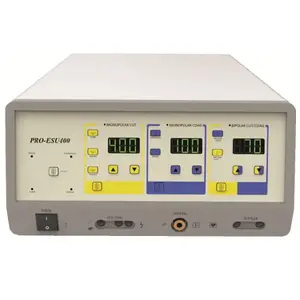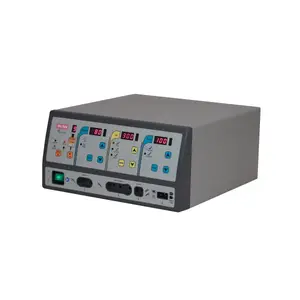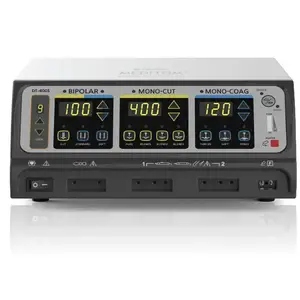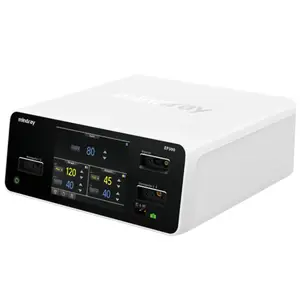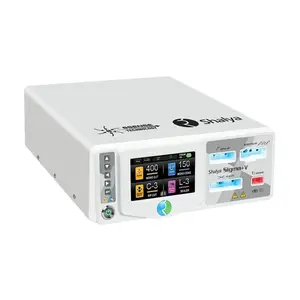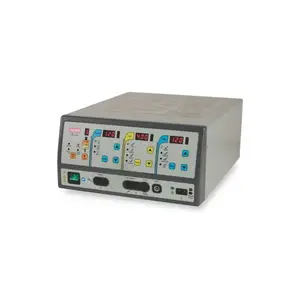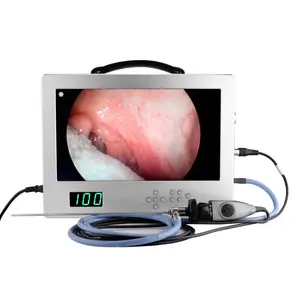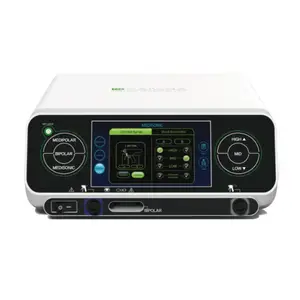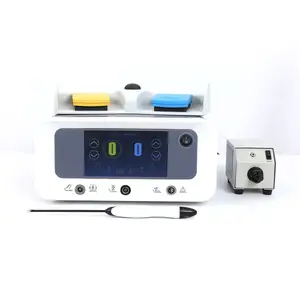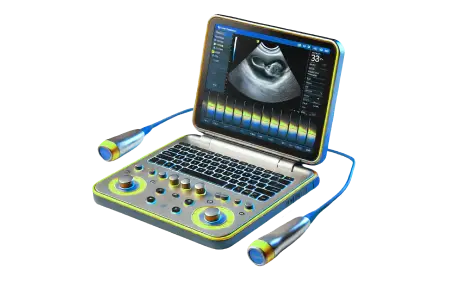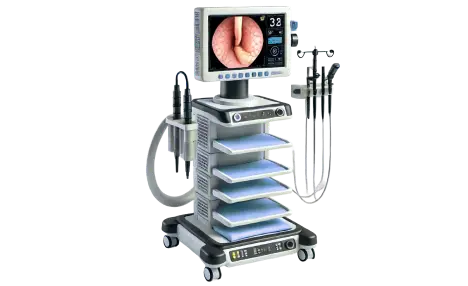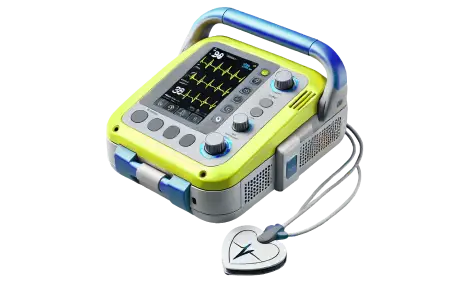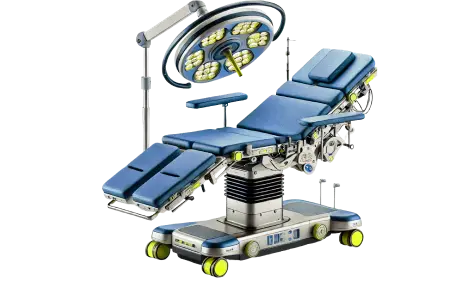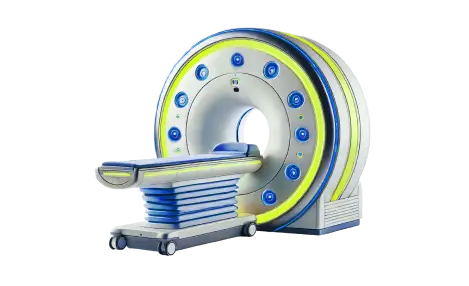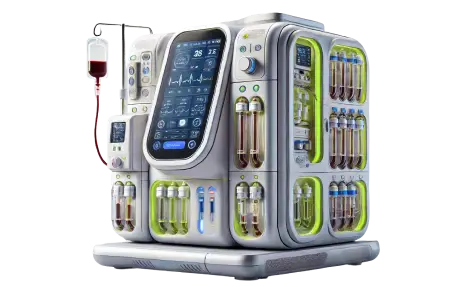0 800 33 09 39Information service
Endoscopic equipment
30 productsEndoscopic equipment: modern solutions for accurate diagnostics
Endoscopy is a medical procedure that allows doctors to examine internal organs and cavities using special instruments called endoscopes. These devices provide accurate diagnosis and treatment without major surgical interventions. An endoscope functions as a visualization tool that illuminates and magnifies internal structures. For example, it can be used to take tissue samples for biopsy and perform invasive therapeutic procedures. The popularity of using endoscopy devices is explained by the shortened recovery time for patients, minimal damage, lower risk of infection, and increased diagnostic accuracy. The price of endoscopic equipment depends on the functionality, characteristics, and application. Each type of endoscope serves certain medical areas: gastroenterology, gynecology, urology, otorhinolaryngology, pulmonology, and surgery.
Types of endoscopic equipment
Endoscopic equipment is divided into several categories: flexible endoscopes, such as gastroscopes and colonoscopes, rigid endoscopes, including laparoscopes and arthroscopes, video endoscopes with digital imaging capabilities, and additional equipment.
Flexible endoscopes
Flexible endoscopic equipment is ideal for navigating complex anatomical structures. Gastroscopes examine the upper parts of the digestive tract, including the esophagus, stomach and duodenum. Colonoscopes examine the large intestine and rectum, and bronchoscopes visualize the airways and lungs. Endoscopic equipment can have channels for irrigation, suction, and biopsy tools.
Rigid endoscopes
Endoscopy equipment can be made of solid metal rods that house optical systems. Rigid models provide exceptional image clarity and stability. Laparoscopes allow you to examine the abdominal and pelvic cavity during minimally invasive operations. Arthroscopes examine the inside of joints to diagnose the condition of cartilage, ligaments, and synovial tissue. Cystoscopes visualize the bladder and urethra to detect abnormalities such as tumors or stones.
Video endoscopes
Modern video endoscopes contain digital cameras at their ends that transmit high-definition images to monitors. Such endoscopic equipment reproduces color images, and some models have narrow band imaging technology that highlights vascular patterns to better identify suspicious lesions and potential malignancies.
Endoscopic cameras and illuminators
Endoscopic cameras are important components of diagnostics. High-quality images are achieved through high-quality cameras combined with powerful light sources. LED illuminators provide constant bright illumination with minimal heat generation. Camera processors optimize color balance, contrast, and clarity for accurate tissue visualization.
Accessories and optional equipment
The endoscopic system includes a variety of accessories. Cabinets for drying and storing flexible endoscopes are essential for preventing bacterial growth and maintaining instrument sterility between procedures. Automated endoscope washers with disinfection functions ensure thorough cleaning of endoscopic channels, significantly reducing the risk of cross-contamination. Biopsy forceps and needles collect tissue samples, while irrigation and aspiration equipment maintains clear fields of view during procedures.
Where to buy endoscopic equipment in Ukraine?
The Medigo store offers to buy endoscopic equipment from leading manufacturers, with competitive advantages, including certification and warranty.
Delivery options for medical equipment include courier and Nova Poshta. Pickup from the Kyiv warehouse is also available. A team of specialists provides detailed consultations to help you choose the right endoscopic equipment.
Delivery options for medical equipment include courier and Nova Poshta. Pickup from the Kyiv warehouse is also available. A team of specialists provides detailed consultations to help you choose the right endoscopic equipment.
FAQ
Can endoscopic equipment be used for minimally invasive surgeries?
Yes, specialized endoscopic instruments, such as laparoscopes, can be used to perform a variety of minimally invasive procedures, including gallbladder removal, hernia repair, and appendectomy.
What are the advantages of digital endoscopes?
Digital endoscopes provide high image quality with high-definition displays, advanced visualization capabilities, recording capabilities, and reduced eye strain during long procedures.

